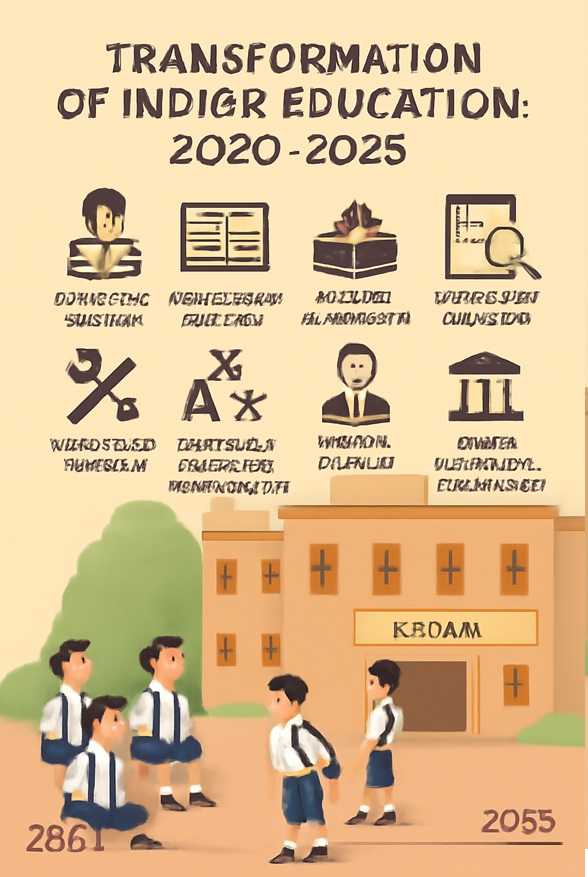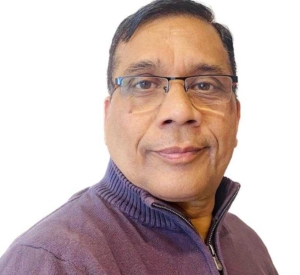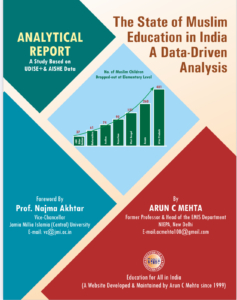
Transforming Indian Education (NEP 2020 to 2025)
Transforming Indian Education (NEP 2020 to 2025)
A Summary of Reforms, Progress, and Impact under NEP
Launched in 2020, the National Education Policy (NEP) laid an ambitious roadmap for transforming India’s education sector through 2025. Its core target was to provide universal access to quality early childhood education for children aged 3 to 6, supported by a comprehensive early learning framework. Achieving foundational literacy and numeracy for all primary school students by 2025 was a top priority, as these are considered critical for future educational success.
NEP 2020 also promoted a flexible, multidisciplinary curriculum to replace rote memorization with critical thinking and problem-solving. The policy aimed to reform assessment systems by shifting from high-pressure board exams to regular, holistic evaluations centred on an accurate understanding.
Another expected outcome was the expansion of vocational training and technology integration, including coding and artificial intelligence from middle school onwards. The NEP strongly emphasized inclusivity by encouraging teaching in regional languages and closing regional and gender-based educational gaps.
Continuous professional development for teachers and a gradual rise in the gross enrollment ratio in higher education were also central goals. By 2025, NEP 2020 sought to build a strong, inclusive foundation for quality education across the country, centred on modern teaching methods and equal opportunities for all learners.
🔵 1. Overview: Vision of NEP 2020
- Holistic & Flexible
- Skill-oriented & Multidisciplinary
- Digitally Inclusive & Locally Rooted
The National Education Policy (NEP) 2020 aims to shift Indian education from rote-learning to foundational literacy, experiential learning, and real-world skills while promoting equity and universal access.
📊 2. Key Progress Metrics (2020–2025)
🎯 Gross Enrollment Ratio (GER) 📈
| Education Level | 2020 (Est.) | 2024–25 | Target (2030+) |
|---|---|---|---|
| Primary (Grades 1–5) | ~103% | 93% | 100% |
| Upper Primary (6–8) | ~92% | 89.7% | 100% |
| Higher Secondary (11–12) | ~53% | 56.2% | — |
| Higher Education (18–23 yrs) | 26.3% | 28.4% | 50% (by 2035) |
👧 Student Enrollment (2023-24 Data)
- School Students: 235 million across 1.47 million schools.
- Higher Education: 43.3 million (26.5% increase from 2014–15).
🏫 School Types
| Type | % of Schools | % of Students |
|---|---|---|
| Government-run | 69% | 50% |
| Private (unaided) | 22.5% | 32.6% |
📉 Dropout Rates (2024)
| Level | Dropout Rate |
|---|---|
| Primary | 1.9% |
| Upper Primary | 5.2% |
| Secondary | 14.1% |
📌 3. Major Education Reforms Implemented
- New 5+3+3+4 Structure: Introduces pre-primary to formal system.
- Flexible subject choices: No fixed streams post-10th.
- Mother tongue as medium: Preferred until Grade 5 (ideally Grade 8).
- Twice-a-year board exams: From 2025–26, retaining best scores.
- End of No-Detention Policy: After Grades 5 & 8.
- NCF-FS Launch: Foundational curriculum based on play & discovery learning.
- Critical thinking, foundational skills, digital literacy shift.
- Integration of local language, culture & heritage.
- Mandated experiential & competency-based learning frameworks.
🌐 4. Technology & Digital Access
- Internet Access in Schools (2023-24): 54% coverage
- National platforms like DIKSHA and PM e-VIDYA adopted.
- 400,000+ teachers trained under NISHTHA.
- PRASHAST App: Disability screening tool for inclusion.
🎓 5. Higher Education Expansion
| Institution Type | 2014 | 2024 |
|---|---|---|
| Universities | 723 | 1,213 |
| IITs | 16 | 23 |
| IIMs | 13 | 20 |
| Medical Colleges | 387 | 780 |
- Flexible 3–4 year degrees with multiple entry/exit
- Regional, multidisciplinary expansion
- IITs expanding globally
👩🎓 6. Equity, Gender, and Inclusion
- Female enrollment in higher ed: Up 38.8% since NEP
- Muslim female enrollment: Up 57.5% since 2014–15
- 758,000 girls and 115,000 SEDG students in residential schools
💰 7. Financial Investment
- Annual education budget (2025): ₹1.28 lakh crore
- Schools: ₹78,572 crore
- Higher Education: Remaining portion
- Education spending at 4.6% of GDP (target: 6%)
📈 8. Progress (Sample Progress Bar)
- GER in Higher Secondary (Target: 100%) against 56.2% in 2023-24
- Internet Access in Schools (Target: 100%) against 54% in 2023-24
⚠️ 9. Challenges and Road Ahead
- State-wise disparities in curriculum and pace
- Foundational learning gaps (Only 23.4% of Class III students in government schools can read Class II text, ASER 2024)
- Teacher readiness and infrastructure remain uneven
✔️ 10. In Summary
The 2020–2025 period has seen the most significant transformation of Indian education in decades: structural reform, fresh curriculum, accountability-driven exams, and a focus on skills, technology, and inclusion. Implementation speed varies across states, but the NEP decade (2020–2030) is fast making education accessible, relevant, and future-ready for all Indian children and youth. The next five years, i.e. the year 2030 is crucial by which the NEP has envisioned to achieve universal school education, which at present look ambitious.
Akhil Bhartiya Shiksha Samagam 29th July 2025 5th Year of NEP 2020
Five Years of NEP 2020: Transforming Higher and Technical Education in India


